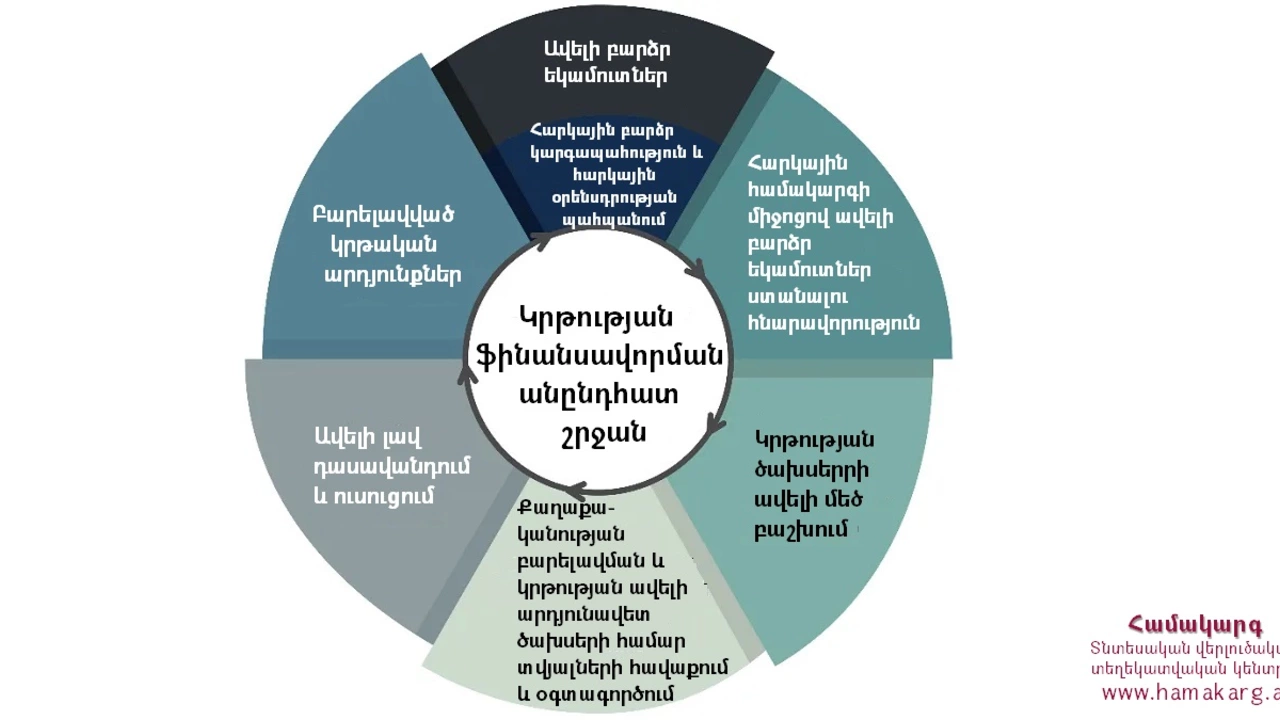Best Methods: Simple Tips to Boost Your Learning, Work, and Money Skills
Ever wonder why some people seem to get things done faster and better? The secret is usually a set of proven methods that work in real life. On this page we gather the most useful strategies from our own articles and give you the short, practical version you can try today. No jargon, just clear steps you can apply right now.
Top Education Methods
When it comes to school or training, the best method starts with a clear link between the curriculum and what you actually need to learn. One of our posts explains how a strong curriculum shapes education by connecting lessons to real‑world outcomes. Pair that with a focused study window—like the Brahm Muhurat timing mentioned in our Panchang article—to maximize concentration. If you’re training to be a teacher, don’t skip special‑education basics; understanding individual needs and legal requirements makes your classroom inclusive and effective.
Effective Strategies Beyond the Classroom
Good methods aren’t limited to textbooks. In finance, knowing that credit unions can sell loans like banks helps you ask the right questions about where your money goes. Our discussion on subsidizing higher education shows that looking at the bigger picture—like how government funding impacts degree value—lets you make smarter choices about tuition and scholarships. And if you’re an entrepreneur in education, the key method is staying current on trends, regulations, and having a solid business plan. That way you turn ideas into profitable, sustainable ventures.
Study habits also have a best‑method formula. Start with a short, focused session (15‑20 minutes) during your peak alertness time—many people find the late morning slot works best. Follow with a quick review before bed to lock information in memory. Use active recall: close the book and try to explain the concept in your own words. This approach mirrors the advice from our article on online education quality, where active engagement beats passive reading every time.
Remember, the best methods are adaptable. If a timing doesn’t suit you, shift it to a period when you feel most energized. If a financial tip feels too complex, break it down into smaller steps—just like a teacher would simplify a lesson for diverse learners. The goal is to keep the process simple, measurable, and repeatable.
Ready to try? Pick one method from each section, test it for a week, and note the improvement. Small, consistent changes add up fast, and you’ll see real results without spending hours on trial and error. Keep coming back for more tips, and turn these best methods into your daily habit.

What is the best way to improve the educational system?
In my opinion, the best way to enhance the educational system is by focusing on personalized learning, integrating technology, encouraging critical thinking, and supporting teacher training. It's essential to tailor the curriculum to each student's unique learning style to keep them engaged and motivated. Using technology in the classroom can help make learning more interactive and fun. Meanwhile, fostering critical thinking skills can empower students to become independent learners. Lastly, regular training and development opportunities for teachers ensure they are updated with the latest teaching methods and tools.
Read More